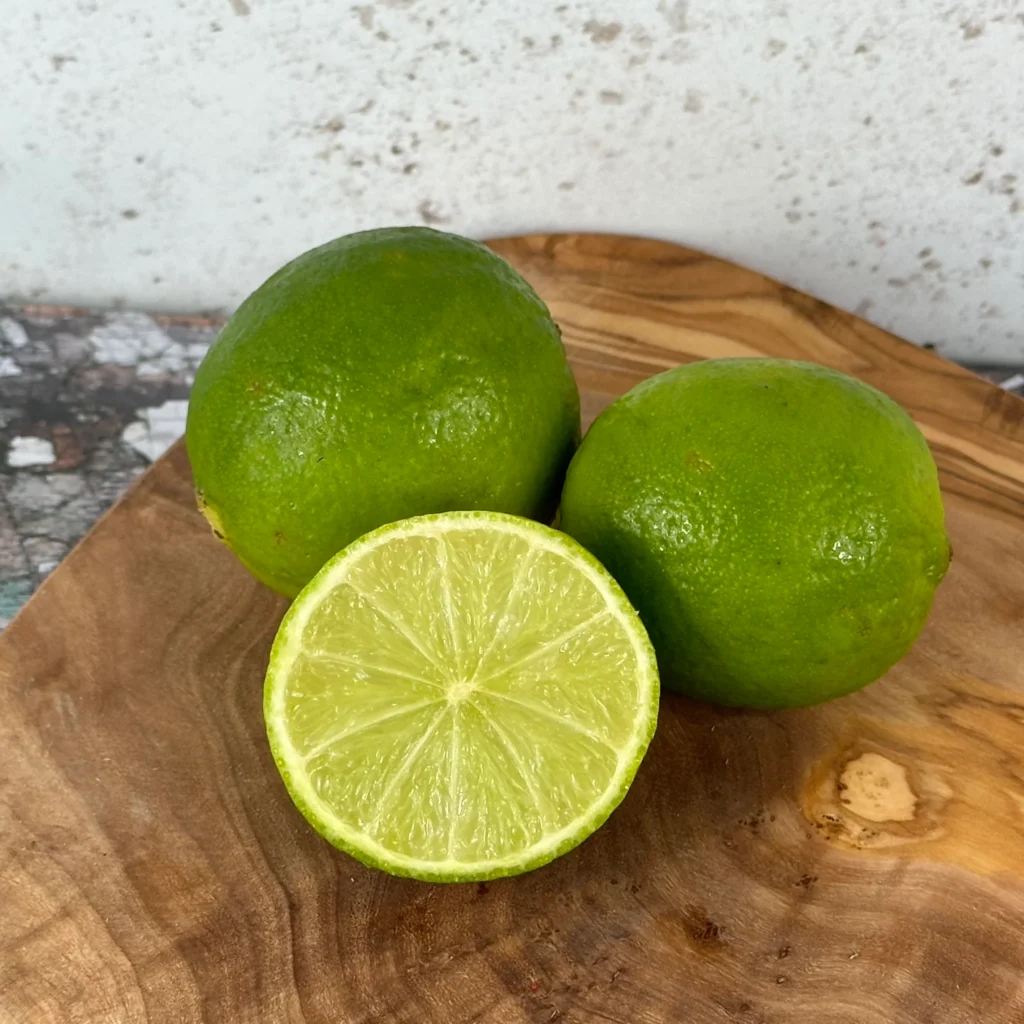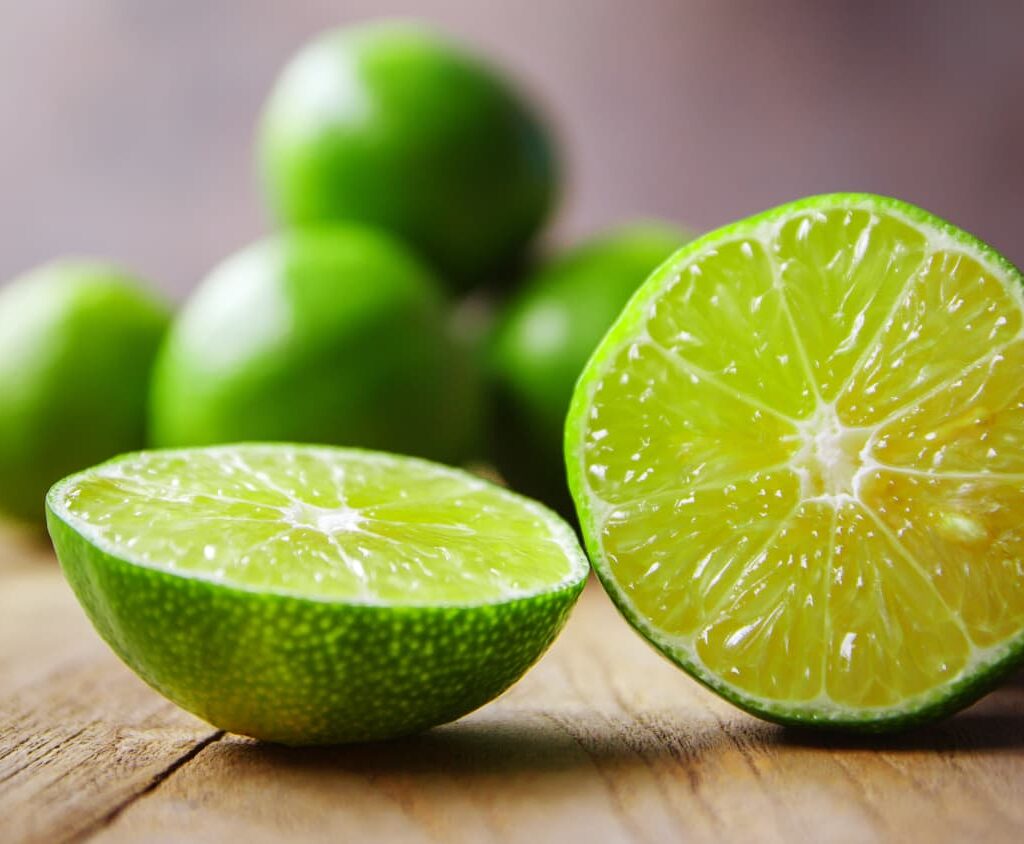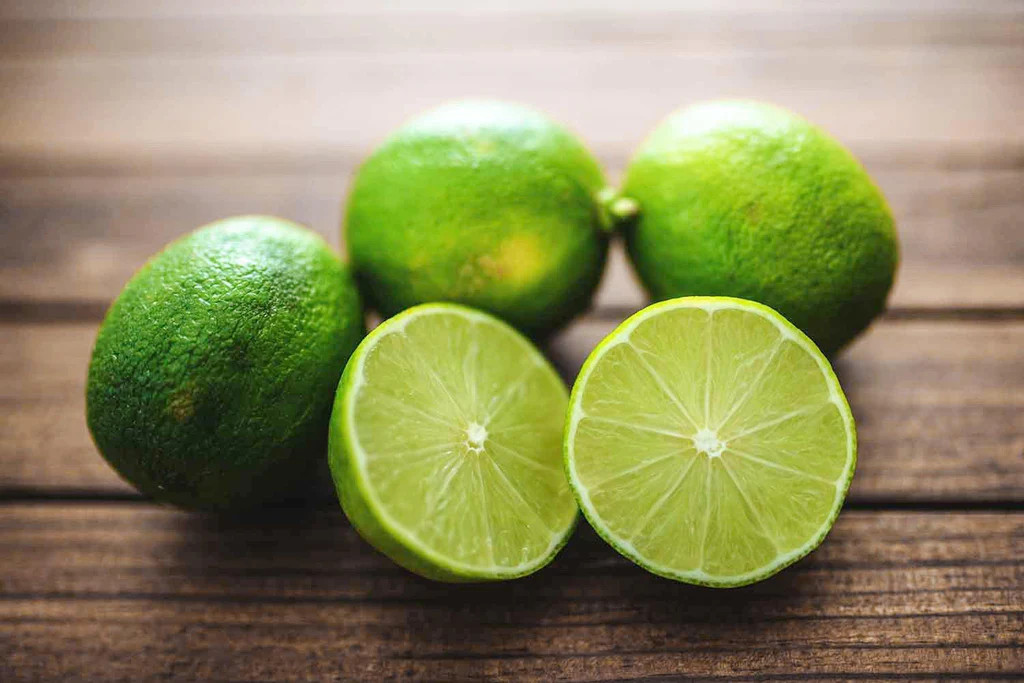Limes — small, vibrant green citrus fruits packed with a tangy punch — are an essential ingredient in cuisines, drinks, and remedies across the globe. From cocktails and curries to marinades and medicinal teas, limes are beloved for their refreshing flavor and health benefits. But while some countries grow limes in abundance, others depend heavily on imports to meet year-round demand.
In this comprehensive article, we’ll uncover which country is the largest lime importer in the world, what drives their enormous consumption, how the global lime trade operates, and what trends are shaping the future of lime imports globally.
A Snapshot of the Global Lime Market

Limes belong to the larger citrus family and are predominantly cultivated in tropical and subtropical climates. The leading lime producers globally include Mexico, India, Brazil, Argentina, and Egypt. Together, these countries supply fresh and processed limes to major markets across North America, Europe, the Middle East, and Asia.
As global demand for fresh fruits rises — spurred by health trends, culinary diversity, and industrial uses — the international lime trade has expanded rapidly. Some countries rely heavily on imports due to either insufficient domestic production or year-round consumer demand that surpasses local supply.
Which Country Is the Largest Lime Importer in the World?
As of the most recent global trade reports and data from IndexBox, FAO, and UN Comtrade, India stands as the largest lime importer in the world.
In 2023-2024, India imported approximately 866,000 metric tons of limes, placing it at the top of the global lime import rankings. This figure significantly surpasses other major importers like Chile (644,000 metric tons), the Netherlands (593,000 metric tons), and France (452,000 metric tons).
Why Does India Import So Many Limes?

Interestingly, India is also one of the world’s largest lime producers. However, several factors contribute to its position as the biggest importer:
Seasonal Production Fluctuations
India’s lime production is seasonal, and domestic harvests sometimes fall short during certain months. Imports help maintain steady supply throughout the year, ensuring that consumer demand for fresh limes in homes, restaurants, and industries is met.
Enormous Domestic Demand
India’s culinary traditions make extensive use of limes in a variety of dishes, drinks, and pickles. Limes are indispensable in street food, curries, traditional remedies, and religious offerings. This high per-capita consumption drives import requirements, especially when local production is low.
Expanding Food and Beverage Industry
With India’s foodservice, packaged food, and beverage sectors growing rapidly, commercial use of limes for juices, flavorings, and cocktails has also increased. This industrial demand accounts for a considerable portion of imports.
Agricultural Challenges
Unpredictable weather patterns, droughts, and pest outbreaks periodically affect lime yields in India, creating gaps that must be filled by imports from neighboring and international suppliers.
Other Major Lime Importers in the World
Besides India, several other countries feature prominently on the list of top lime importers:
| Rank | Country | Annual Imports (Metric Tons) | Approximate Value (USD) |
|---|---|---|---|
| 1 | India | 866,000 | $160 million |
| 2 | Chile | 644,000 | $130 million |
| 3 | Netherlands | 593,000 | $125 million |
| 4 | France | 452,000 | $110 million |
| 5 | Indonesia | 451,000 | $105 million |
| 6 | Australia | 429,000 | $98 million |
| 7 | Germany | 381,000 | $92 million |
| 8 | Canada | 371,000 | $85 million |
| 9 | United States | 362,000 | $82 million |
The United States, despite being a significant lime producer (mainly in Florida and California), also relies on imports, especially during off-seasons or periods of increased demand.
Lime Imports in the United States

The United States typically ranks among the top 10 lime importers globally, importing over 360,000 metric tons annually.
Key Sources:
- Mexico: The leading exporter of limes to the U.S., accounting for around 97% of U.S. imports.
- Guatemala and Colombia: Supply smaller quantities, especially during peak demand seasons.
Reasons for High U.S. Imports:
- Year-round consumer demand in the foodservice, cocktail, and beverage industries.
- Seasonality and weather fluctuations affecting domestic yields.
- The health-conscious trend boosting consumption of fresh limes in diets and drinks.
The Role of the Netherlands as a Trade Hub
Though the Netherlands isn’t a major consumer of limes itself, it imports large quantities — over 590,000 metric tons annually — for re-export across the European Union. The Port of Rotterdam acts as a vital logistics hub, receiving shipments from countries like Mexico, Brazil, and Peru, and distributing them to markets in Germany, France, Italy, and Spain.
Value of Global Lime Imports

As of 2023-2024, global lime imports have surpassed 9.5 million metric tons, valued at approximately $1.6 billion USD. The average price per ton varies across countries:
- United States: ~$224 per ton
- Global average: ~$170 per ton
- Indonesia and India: Around $95–$110 per ton
Price differences reflect factors like transportation costs, import duties, seasonal supply, and product quality.
Culinary, Health, and Industrial Uses of Limes
Limes have found favor not only in kitchens but also in medicine, skincare, and cleaning products. Here’s why demand for limes continues to surge:
- Rich in Vitamin C: Boosts immunity and skin health.
- Aids Digestion: Used in detox drinks and digestive aids.
- Essential for Beverages: Margaritas, mojitos, lemonades, and iced teas.
- Used in Sauces, Pickles, and Condiments.
- Natural Cleaning Agent: In eco-friendly household products.
Global Lime Import Trends and Future Outlook

Several trends are shaping the future of lime imports worldwide:
Health-Driven Demand Growth
As consumers seek natural, vitamin-rich, immune-boosting foods, lime consumption is increasing across developed and emerging markets alike.
Expansion of Foodservice and Beverage Industries
Rising popularity of cocktails, international cuisines, and fusion dishes boosts lime demand in restaurants and hospitality sectors.
Urban Population Growth
Urbanization drives demand for fresh produce and convenience foods, including limes for salads, drinks, and snacks.
Improved Cold-Chain and Logistics
Advancements in transportation and refrigeration technology have enabled fresh limes to reach far-flung markets without significant loss of quality.
Forecast: Where Is the Lime Market Headed?
Industry analysts project global lime imports to maintain steady growth through 2035, particularly in Asia-Pacific, the Middle East, and Europe. India, in particular, is expected to remain the largest importer due to its massive population, culinary habits, and commercial food processing needs.
Meanwhile, other countries like Indonesia, Australia, Germany, and Canada are projected to increase their lime imports steadily, driven by health trends and culinary globalization.
Conclusion
In summary, India currently holds the title of the world’s largest lime importer, bringing in around 866,000 metric tons annually. This is driven by a combination of seasonal production gaps, enormous domestic demand, and a rapidly expanding food and beverage industry. While countries like Chile, the Netherlands, France, and the United States follow closely behind, India’s sheer consumption volume places it well ahead.
With global lime consumption on the rise, particularly in health-conscious markets and developing economies, the international lime trade is poised for continued growth in the coming years.
Would you like me to create a blog-friendly, SEO-optimized version or infographic concept for this article too? I’d be happy to assist!





